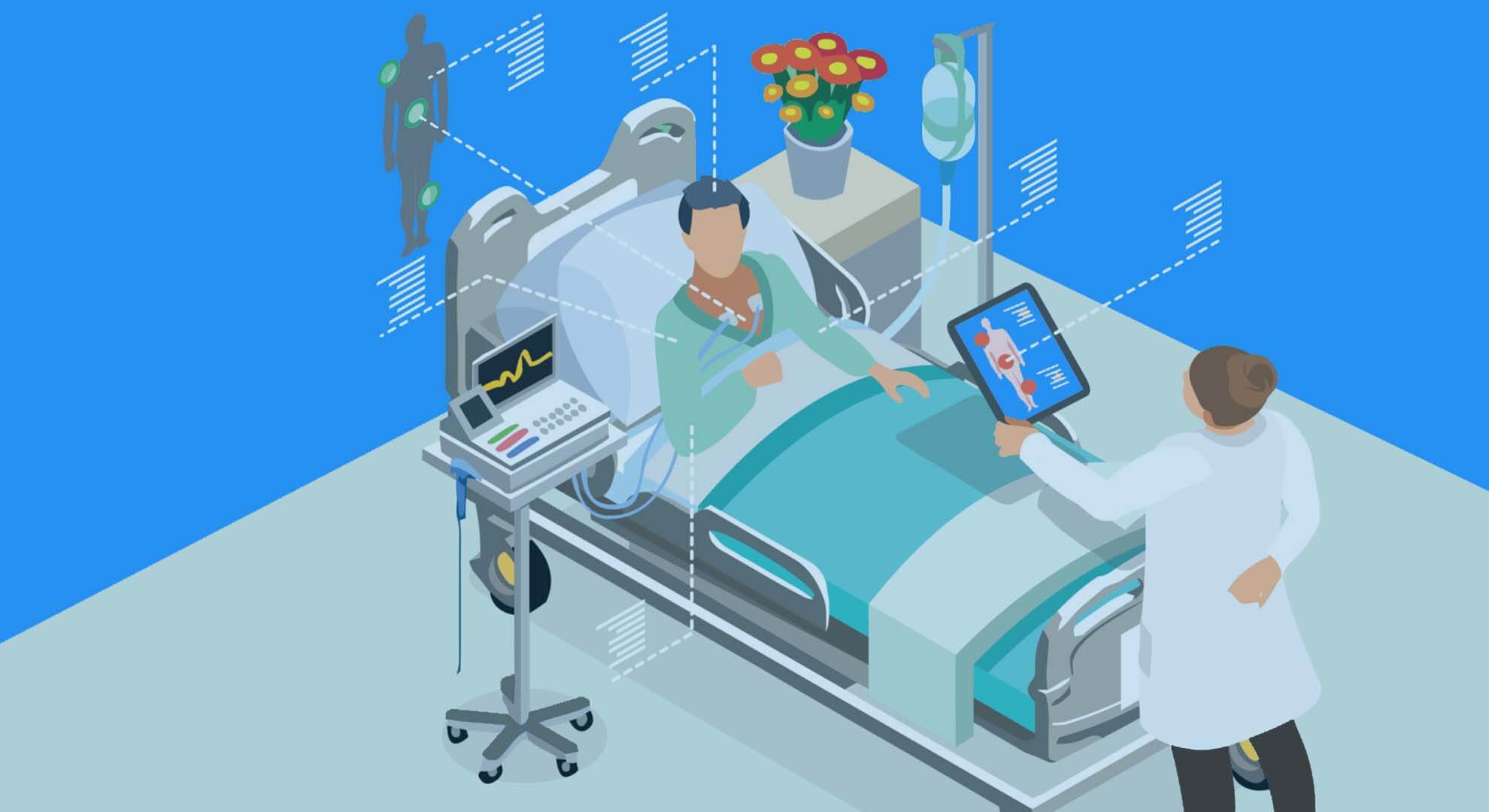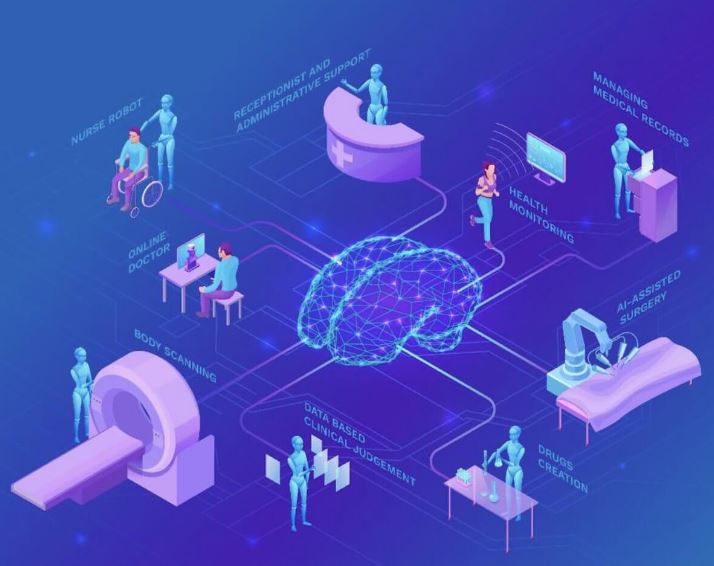Have you ever imagined when will you die? We as humans have come so ahead in evolution that today we know almost everything related to our life, but there’s one thing which we are never sure of and that’s death.
Everything in our life is now related to technology and now with this new innovation, we can even know when we will die. In this age of Google if you ever Google when you are going to die there will be a hell lot of websites popping up in your scroll There’s death-clock.org, and deathdate.info; fatefulday.eu, and deathtimer.com.
although they may not predict the actual death date some of them seem to be legit as the ask for your Body Mass Index (BMI) and also about smoking habits and then calculate and analyze your death probability.

However with recent and advancements in science and technology the question “when the hell am I going to die?” is being backed up by some great science-based answers which are, in turn, backed up by our own knowledge in machine-learned algorithms.
Dr. Stephen Weng, who teaches epidemiology and data science at the University of Nottingham, along with his research team has designed an A.I. system that’s “very accurate” — even more precise than the standard models currently in use — in predicting early death due to chronic disease.
Their findings were published in a special edition of PLOS ONE where they told about how the experiment was carried on the collected health information from about 500k people from the UK and then used wing’s AI algorithm to successfully predict the cases of Early death.
The process of predicting death

To evaluate the likelihood of a person’s premature mortality, the researchers tested two types of AI: “deep learning,” and “random forest“. In deep learning, layered information-processing networks help a computer to learn from examples and the random forest is a simpler type of AI that combines multiple, tree-like models to consider possible outcomes.
After they concluded the results from the two AI models then they compared it with the results obtained from a standard algorithm, which is called the Cox model.
The data which they collected from the 500k people were then used to analyze and evaluate using the three AI models subjected. Nearly 14,500 of the people whose data were collected already died during certain problems most of them included cancer.
Variables Used

All three models used to evaluate the population used different variables to determine the death rate. Although they used certain common variables such as-
-
Age
-
Gender
-
Smoking history
-
A prior cancer Diagnosis
-
Family background
Apart from the above-mentioned variables they totally diverged in the use of factors.
The Cox model was heavily dependent on our leaned heavily on ethnicity and physical activity, and it is the least successful of all the models providing only 44% accuracy in predicting death.

The random Forest model concentrated more on body fat percentage, waist circumference, the amount of fruit and vegetables that people ate, and skin tone, and it was pretty successfully by providing around 64% accuracy in predicting the premature death.
Among the three models, the most successful one was the deep learning which provided about 76% accuracy in predicting premature deaths. The factors or the variables it depended on were exposure to job-related hazards and air pollution, alcohol intake and the use of certain medications.
How It All Started?

As we all know that prevention is better than cure. Thus keeping this in mind since a long time preventive cure in the field of medicine has been promoted overall the world. Moreover, the insurance companies had been promoting the preventive cure even more as to save a huge amount of insurance cost.
The steps to start a preventive cure included giving a planned diet for persons with different problems, persons with smoking habits were prescribed a different diet and also a list of “fruits and vegetables” was published which could save medical cost up to $40 billion per year.

This initiation by the insurance companies reached Weng and his team who was at that time i.e in 2017 were working on a machine-learning algorithm to predict heart attacks and strokes using electronic health records. They found that their A.I. system accurately predicted cardiovascular risks nearly eight percent better than the guideline-based prediction models used by physicians.
Due to this initial success, they undertook another big experiment to tackle the problem of premature deaths which killed a lot of people. Thus they worked on that and produced the three A.I models “deep learning” “random Forest” and also the Cox model. Which also became a gradual success for them.



